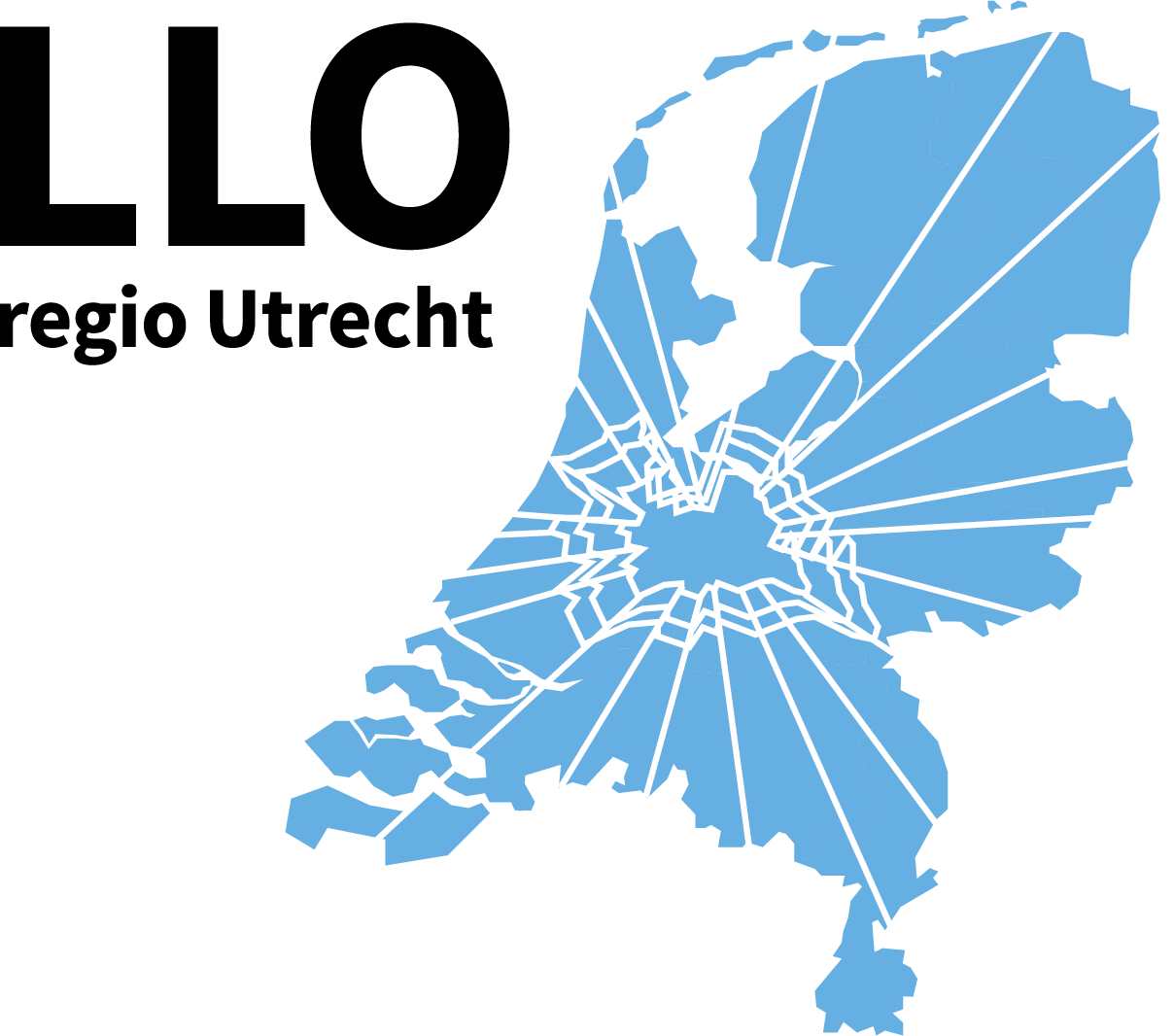
TELECOM CHALLENGE
Goal
In addition to its gas and electricity networks, Stedin also operates its own telecommunications network. This is crucial for managing the grids in the event of (impending) disruptions or emergencies. Through a challenge, Stedin aims to explore how it can make its energy system both smarter and more secure.
Background
Stedin supplies energy to over 2.3 million customers in the regions of Utrecht, Zuid-Holland, and Zeeland. The company is building a new energy system and is seizing every opportunity for support and collaboration.
Energy enables us to live, work, do business, and enjoy life as we choose. However, the old energy system is too polluting to continue using. That’s why there is a strong focus on developing a new system that is much more in harmony with the world around us. Fossil fuels are being replaced with sustainably generated energy, and energy usage is being aligned with the rhythms of nature.
Participants
- Several employees from Operational Technology, Infrastructure and Telecom, part of Stedin Business Complex.
- A number of lecturers and students from ROC Midden Nederland, Utrecht University of Applied Sciences, and Utrecht University.
Project start
October 2024
Approach
The challenge will take place in spring 2026 and will last seven to ten weeks. After an initial preparation phase, participants will go through four consecutive stages.
- Think tank
A group of Stedin experts and lecturers from ROC Midden Nederland, Utrecht University of Applied Sciences, and Utrecht University will discuss the central issue and identify which dilemmas need further exploration. - Deep dive
Students from Utrecht University will analyse the issue under the guidance of a Stedin network strategist and a university lecturer. They will deliver an initial version of a design, model, and risk analysis, all supported by theoretical evidence. - Feasibility
Students from ROC Midden Nederland and Utrecht University of Applied Sciences will collaborate with Stedin’s junior technicians to build the proposed design, supervised by an experienced technician and a vocational education lecturer. Higher education students will then test whether the reconstructed design functions as expected, in cooperation with a Stedin employee. They will be guided by a university of applied sciences lecturer and a Stedin professional. - Integrated learning
In the final phase, all participants will gather for a joint brainstorming session. They will evaluate what has been learned in terms of the availability and reliability of the design, and identify relevant points of attention. Students from Utrecht University will then revise the design and provide recommendations on operational agreements.
Each phase is supported by an educational expert, who ensures smooth transitions between the phases. This person identifies the necessary soft skills, monitors the technical knowledge being shared, and evaluates opportunities for innovation and learning enhancement.
Current status
The general approach has been established. Educational institutions are currently working on integrating the challenge into their curricula.
Contacts
Peter Voermans (businesspartner education Stedin Academy) and Anton van der Lugt (accountmanager LLO Utrecht Region)

